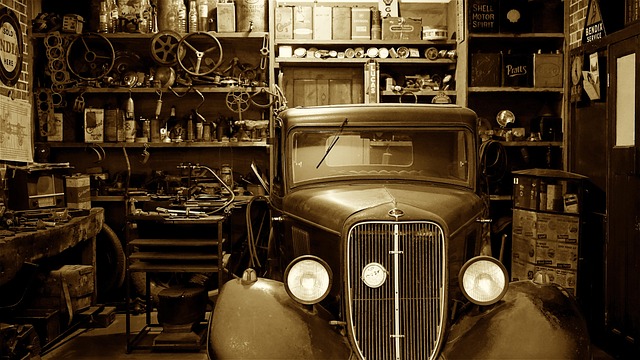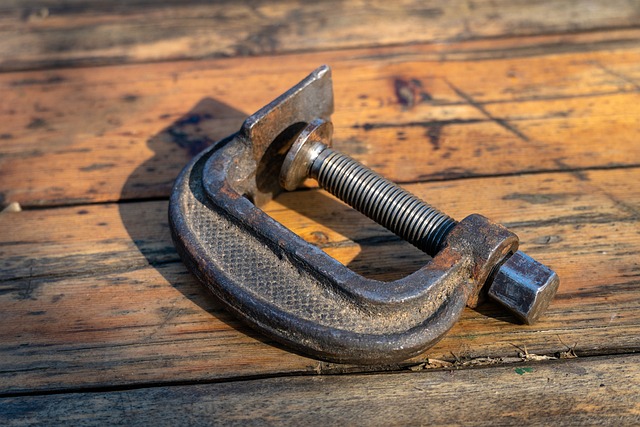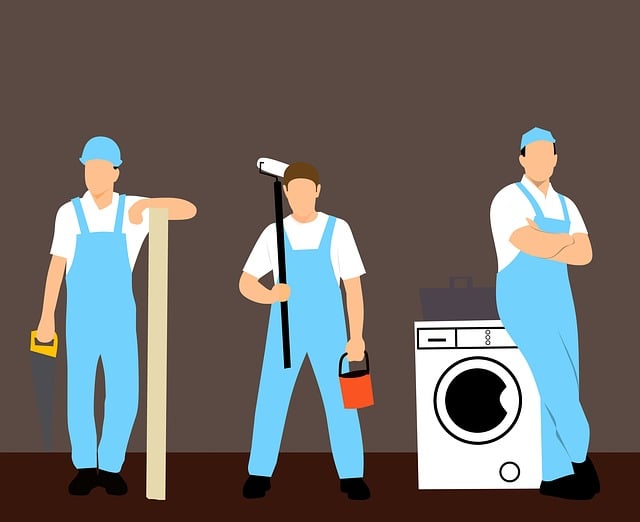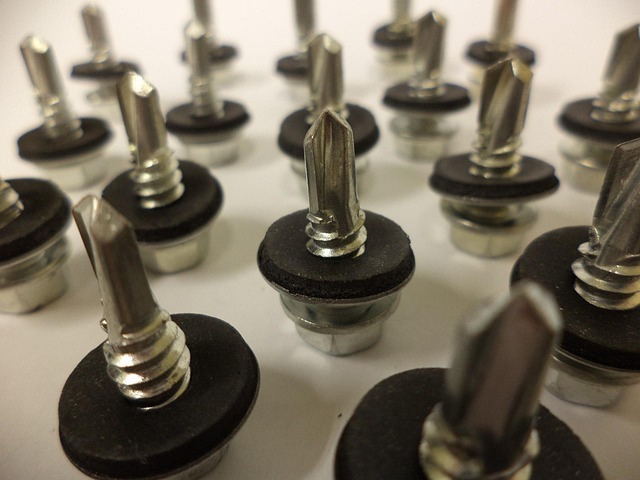Radiator pressure caps are vital for vehicle cooling systems, preventing overheating. Regular maintenance is crucial, addressing leaks, corrosion, or damage with professional repair services. Before repairing, gather tools and car manuals. Replacing a pressure cap is a DIY task, ensuring optimal cooling performance and avoiding costly leaks, by following steps to locate, remove old caps, inspect radiators, and seal gaps.
Looking to tackle a radiator pressure cap replacement? This comprehensive guide is your go-to resource. Understanding the vital role of radiator pressure caps in maintaining optimal engine temperature, we’ll first demystify their basic functions and common issues. Then, we’ll equip you with the essential tools needed for a successful DIY repair. Follow our step-by-step instructions to replace your radiator pressure cap like a pro, avoiding costly trips to a radiator repair service.
- Understanding Radiator Pressure Caps: Basic Functions and Common Issues
- Gathering Tools: Essential Items for a Successful Replacement
- Step-by-Step Guide: Replacing Your Radiator Pressure Cap Effectively
Understanding Radiator Pressure Caps: Basic Functions and Common Issues

Radiator pressure caps play a crucial role in maintaining optimal cooling systems within vehicles. They serve as safety valves, controlling the pressure inside the radiator and preventing potential damage to the cooling components. When the engine operates, it generates heat that needs dissipation. The radiator, acting as a core component of the cooling system, facilitates this process by transferring heat from the engine to external surroundings. The pressure cap ensures that the coolant within remains at an appropriate level, facilitating efficient heat exchange.
Over time, these caps may experience common issues, leading to car problems like a failing cooling system or even an overheating engine. Leaks, corrosion, or structural damage can cause them to malfunction, resulting in symptoms such as a car not cooling down and requiring a radiator repair service. A cheap radiator fix might seem appealing, but for top-rated radiator services, professional technicians are often necessary to identify and address these issues effectively. Prompt attention to pressure cap problems is vital to prevent more severe engine damage.
Gathering Tools: Essential Items for a Successful Replacement

Before diving into the replacement process, gathering the right tools is essential for a successful radiator pressure cap repair or radiator repair service. You’ll need basic automotive tools like wrenches and sockets in various sizes, pliers, a screwdriver set (especially flathead and Phillips), and safety gear such as gloves. Additionally, a new pressure cap compatible with your vehicle’s make and model is crucial, along with a thermostat for radiator control if that’s part of the issue or a recent fix a burst radiator hose.
Having a reliable radiator problems diagnosis guide or manual for your car can also be beneficial. Ensure everything is within easy reach to avoid interruptions during the process. Proper tool organization and preparation will not only make the job easier but also ensure you have what’s necessary to address any radiator repair challenges that may arise.
Step-by-Step Guide: Replacing Your Radiator Pressure Cap Effectively

Replacing your radiator pressure cap is a crucial task for any car owner, as it directly impacts your vehicle’s cooling system efficiency and prevents potential leaks. Here’s a step-by-step guide to ensure you tackle this repair with ease, saving you from costly visits to a radiator repair service. Begin by locating the pressure cap, typically found on top of the radiator. Gather the necessary tools, including a new pressure cap suitable for your vehicle’s make and model. Remove any old sealing compounds around the cap’s base to ensure a clean slate for the new installation.
Next, loosen the pressure cap using a dedicated tool or socket wrench in a counter-clockwise direction. Be cautious not to over-tighten; a snug fit is ideal. After removing the old cap, inspect the radiator for any signs of damage or leaks. If your vehicle has experienced previous radiator issues, consider enhancing your honest auto repair by sealing any visible gaps or cracks to prevent future leaks. With the pressure cap replaced and the radiator in good condition, you’ve taken significant steps to maintain your car’s cooling system effectively and avoid costly how to stop radiator leaks in the future.
Replacing your radiator pressure cap is a straightforward process that can prevent costly radiator repairs. By understanding the basic functions and common issues with these caps, and having the right tools on hand, you can effectively navigate this task as part of your radiator repair service. With this guide, you’re now equipped to make the necessary replacement and keep your vehicle running smoothly.
